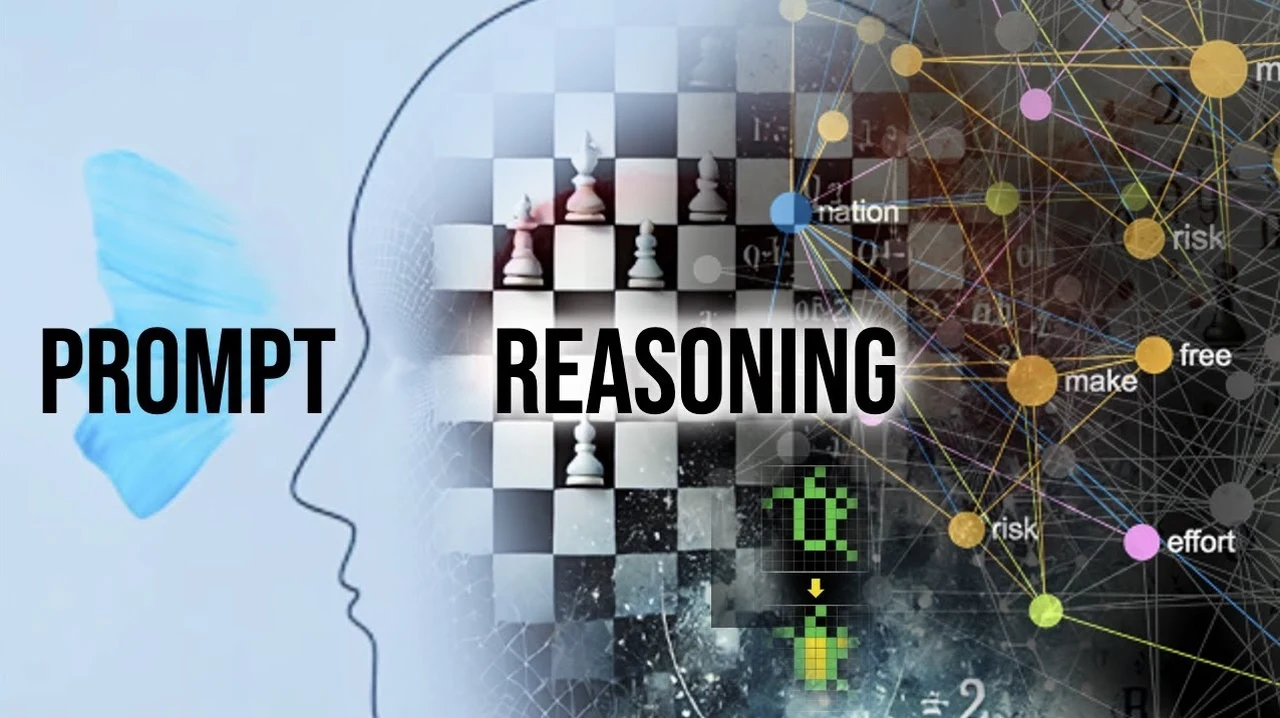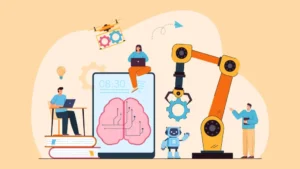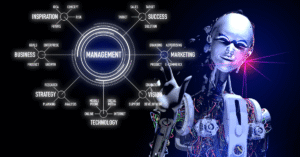Enhanced Reasoning: Unlocking the Next Frontier of Artificial Intelligence
Introduction: The Age of Enhanced Reasoning
Artificial Intelligence (AI) has made remarkable strides in natural language processing, pattern recognition, and automation. But as the technology evolves, the demand for deeper, more human-like reasoning grows. The ability to not only process data but also interpret context, weigh evidence, and adaptively solve problems represents the next frontier—what experts call Enhanced Reasoning.
Enhanced reasoning pushes AI beyond predefined logic or statistical prediction. It aims to replicate cognitive flexibility—the same skill that allows humans to navigate complex scenarios, resolve ambiguous problems, and make decisions under uncertainty. From healthcare to finance, enhanced reasoning could change the very fabric of decision-making and problem-solving in our society.
This article explores what enhanced reasoning means, why it matters, the technologies enabling it, and its real-world implications.
What is Enhanced Reasoning?
At its core, Enhanced Reasoning refers to the capability of AI systems to move beyond pattern recognition and shallow problem-solving, toward higher-order cognitive functions such as:
-
Causal reasoning: Understanding not just correlation, but cause-and-effect relationships.
-
Counterfactual reasoning: Exploring “what if” scenarios to test hypotheses.
-
Commonsense reasoning: Applying practical knowledge to ambiguous situations.
-
Analogical reasoning: Drawing insights by comparing new problems with past experiences.
-
Ethical reasoning: Balancing values, fairness, and consequences in decision-making.
Unlike traditional machine learning models, which excel at making predictions based on historical data, enhanced reasoning systems strive to generalize knowledge and apply it in novel contexts.
Why Enhanced Reasoning Matters
Enhanced reasoning is not just another AI upgrade; it is a paradigm shift. Here’s why it matters:
1. Complex Decision-Making
In industries like healthcare, finance, and law, decisions are rarely black and white. Enhanced reasoning allows AI systems to consider multiple variables, weigh trade-offs, and provide nuanced recommendations.
2. Better Human-AI Collaboration
Instead of functioning as rigid tools, reasoning-enabled AI systems can act as true collaborators—engaging in dialogue, questioning assumptions, and co-creating solutions with humans.
3. Adaptive Problem-Solving
Traditional AI falters when faced with unexpected or incomplete information. Enhanced reasoning gives systems the flexibility to adapt, hypothesize, and seek clarification—much like a human expert would.
4. Trust and Explainability
As AI grows more powerful, users demand transparency. Enhanced reasoning models can explain their decisions in logical terms, helping to build trust.
Technologies Powering Enhanced Reasoning
Enhanced reasoning isn’t the result of one breakthrough but a convergence of technologies. Some key drivers include:
1. Large Language Models (LLMs) with Reasoning Layers
Models like GPT-4, Claude, and Llama have shown the ability to simulate reasoning. Now, researchers are augmenting these with reasoning modules to enhance structured problem-solving and logic-based inference.
2. Neuro-Symbolic AI
By combining statistical learning (deep learning) with symbolic logic systems, neuro-symbolic AI allows machines to reason using rules, facts, and abstract knowledge.
3. Graph Neural Networks (GNNs)
GNNs model relationships between entities, making them powerful for reasoning about complex systems—from molecules in drug discovery to supply chains.
4. Causal Inference Models
Instead of relying only on correlation, causal AI tries to understand why events happen, enabling counterfactual and predictive reasoning.
5. Reinforcement Learning with Human Feedback (RLHF)
This approach trains AI systems to align their reasoning with human values and judgments, creating more useful and ethical decision-making frameworks.
Enhanced Reasoning in Action: Real-World Applications
Enhanced reasoning is not just theoretical—it is already shaping multiple industries.
1. Healthcare Diagnosis and Treatment
AI systems with reasoning capabilities can analyze patient data, consider symptoms, cross-reference medical literature, and generate hypothesis-driven diagnoses. They can even suggest personalized treatment plans by weighing potential risks and benefits.
2. Financial Risk Assessment
Enhanced reasoning allows financial AI agents to evaluate not just market trends, but also geopolitical events, policy changes, and human behavior, offering more resilient investment strategies.
3. Scientific Discovery
Reasoning-driven AI helps scientists form hypotheses, test them with simulations, and suggest new experiments—accelerating discoveries in physics, biology, and material science.
4. Legal Systems
Enhanced reasoning can assist lawyers in analyzing case law, constructing arguments, and identifying precedents, effectively becoming a junior legal researcher.
5. Autonomous Robotics
Robots equipped with reasoning can adapt to new environments, troubleshoot unexpected challenges, and make decisions without constant human oversight.
Benefits of Enhanced Reasoning
-
Efficiency: Faster and more accurate decision-making across industries.
-
Innovation: Enabling breakthroughs by connecting dots humans may overlook.
-
Scalability: Complex reasoning at scale—millions of problems solved simultaneously.
-
Empowerment: Helping humans focus on creativity and judgment rather than repetitive analysis.
Challenges of Enhanced Reasoning
While promising, enhanced reasoning also introduces challenges:
1. Bias and Fairness
If reasoning models are trained on biased data, they may reinforce harmful stereotypes or make unfair decisions.
2. Over-Reliance on AI
Humans may begin to trust AI reasoning blindly, leading to errors when the AI misinterprets data.
3. Computational Costs
Enhanced reasoning models are resource-intensive, requiring enormous compute power and energy.
4. Explainability Gap
Although reasoning improves transparency, complex models may still produce black-box reasoning that’s hard to audit.
5. Ethical Dilemmas
How should AI reason about morality, justice, or life-and-death choices? These questions remain unresolved.
The Human Role in Enhanced Reasoning
Despite AI’s growing sophistication, human oversight is irreplaceable. Enhanced reasoning should not aim to replace human judgment, but rather to augment it. Humans bring emotional intelligence, values, and cultural understanding—factors machines cannot replicate.
The future lies in human-AI symbiosis, where reasoning AI acts as a thought partner, sparking ideas and offering insights, while humans maintain final authority.
The Future of Enhanced Reasoning
As enhanced reasoning evolves, we can expect:
-
AI Agents with Self-Reflection
Future AI systems may critique their own reasoning, recognize mistakes, and self-correct. -
Integration into Everyday Tools
From productivity apps to digital assistants, enhanced reasoning will become part of daily decision-making. -
Cross-Disciplinary Impact
Enhanced reasoning will merge AI with fields like philosophy, ethics, and law, pushing the boundaries of machine cognition. -
Towards Artificial General Intelligence (AGI)
Many experts view enhanced reasoning as a critical step toward AGI—machines that can think, learn, and adapt across any domain like humans.
Conclusion
Enhanced reasoning represents a leap from simple data processing to adaptive, contextual, and explainable intelligence. By empowering machines to understand cause and effect, evaluate scenarios, and collaborate with humans, enhanced reasoning could revolutionize industries and unlock new levels of problem-solving.
However, it also brings challenges around bias, ethics, and trust—reminding us that the human element remains essential. The goal is not to create machines that out-think us, but to build systems that think with us, amplifying our abilities to solve the world’s most pressing problems.
As we move into this new era, enhanced reasoning may prove to be the cornerstone that bridges today’s narrow AI with tomorrow’s general intelligence—a future where humans and machines reason side by side.
https://bitsofall.com/increased-competition-navigating-challenges-and-opportunities/
https://bitsofall.com/human-ai-collaboration-robotics-future-of-work/
Robotics Learning: Shaping the Future of Education and Innovation






